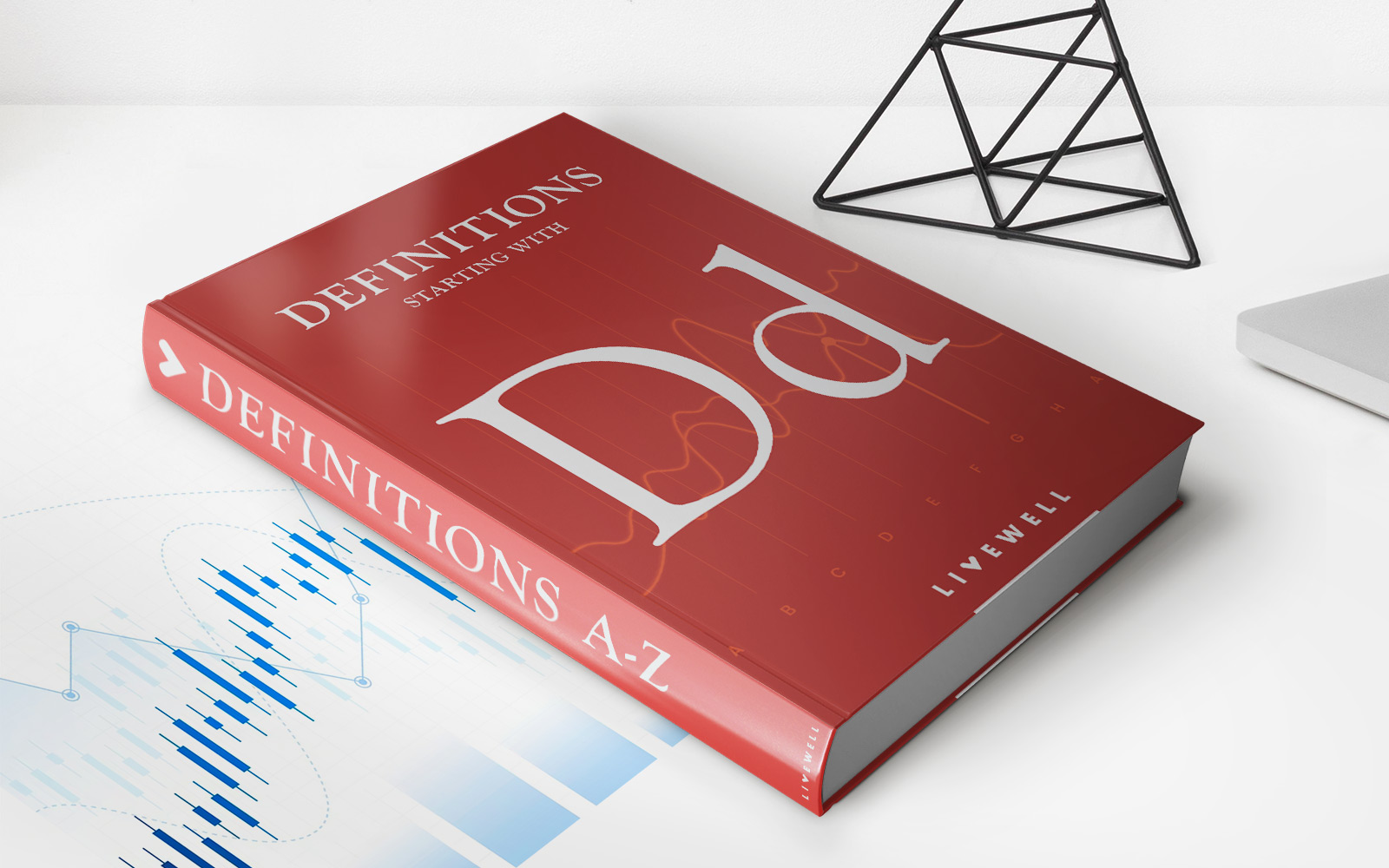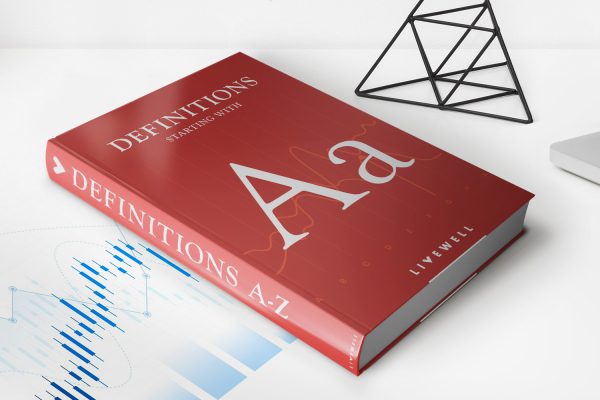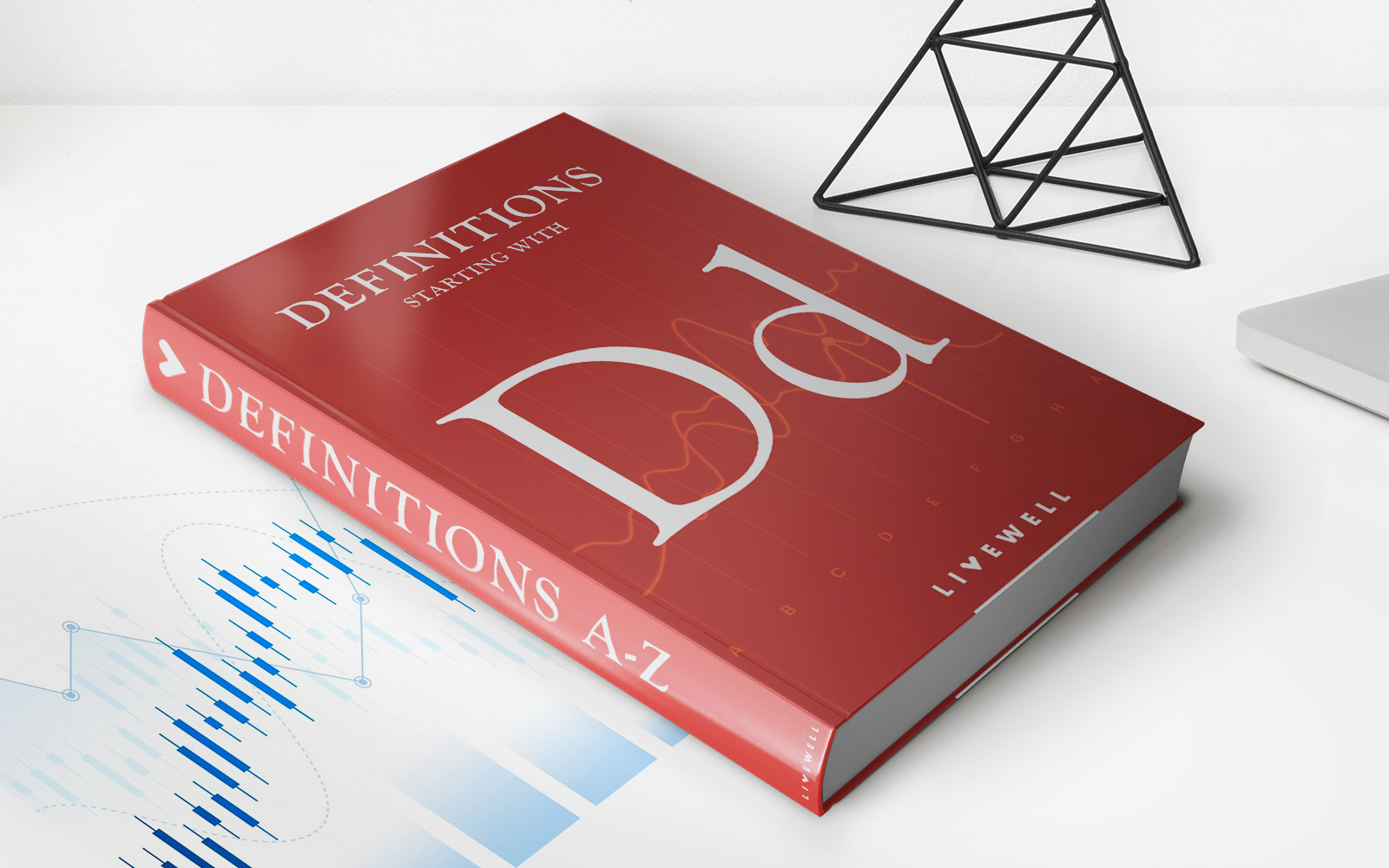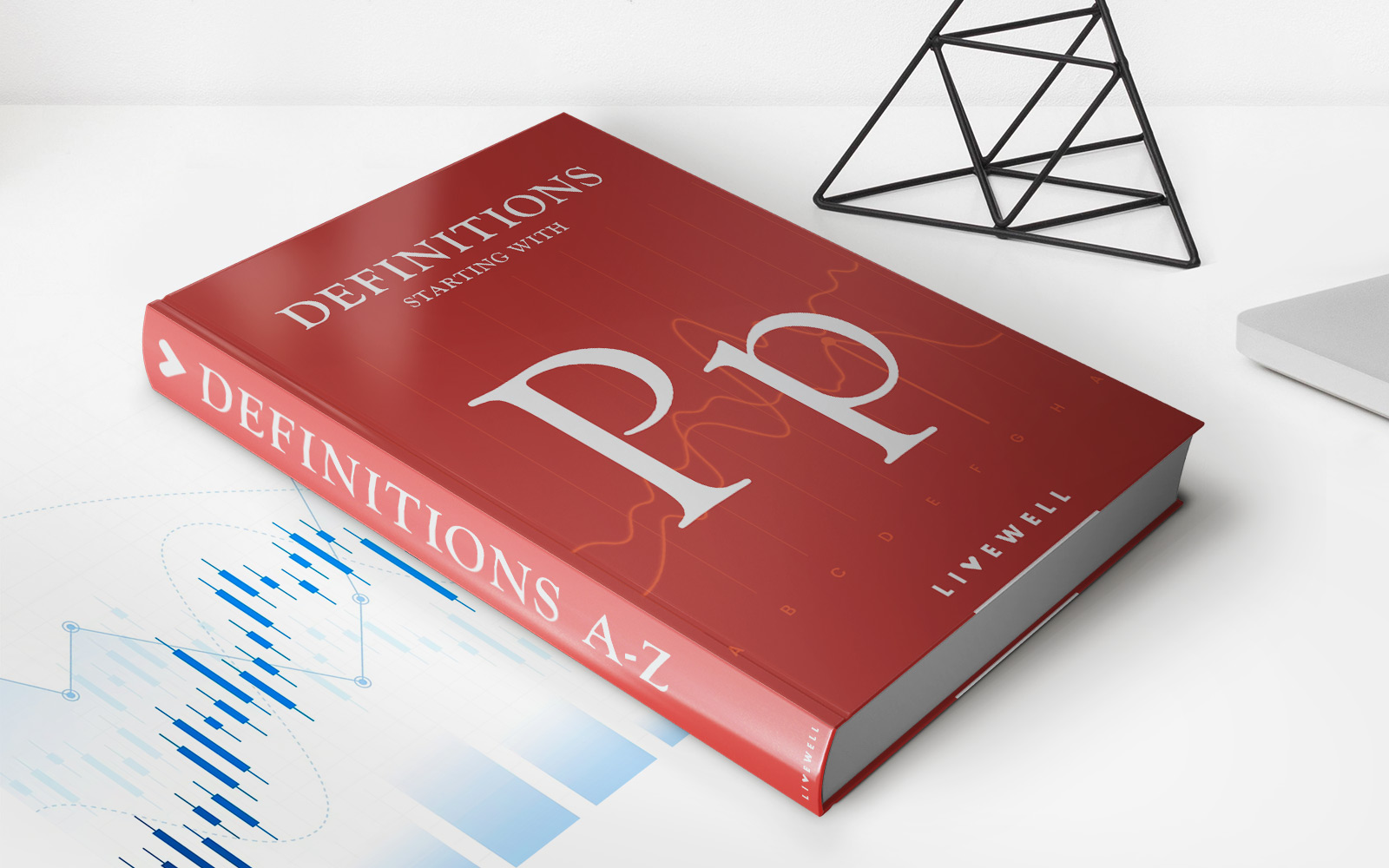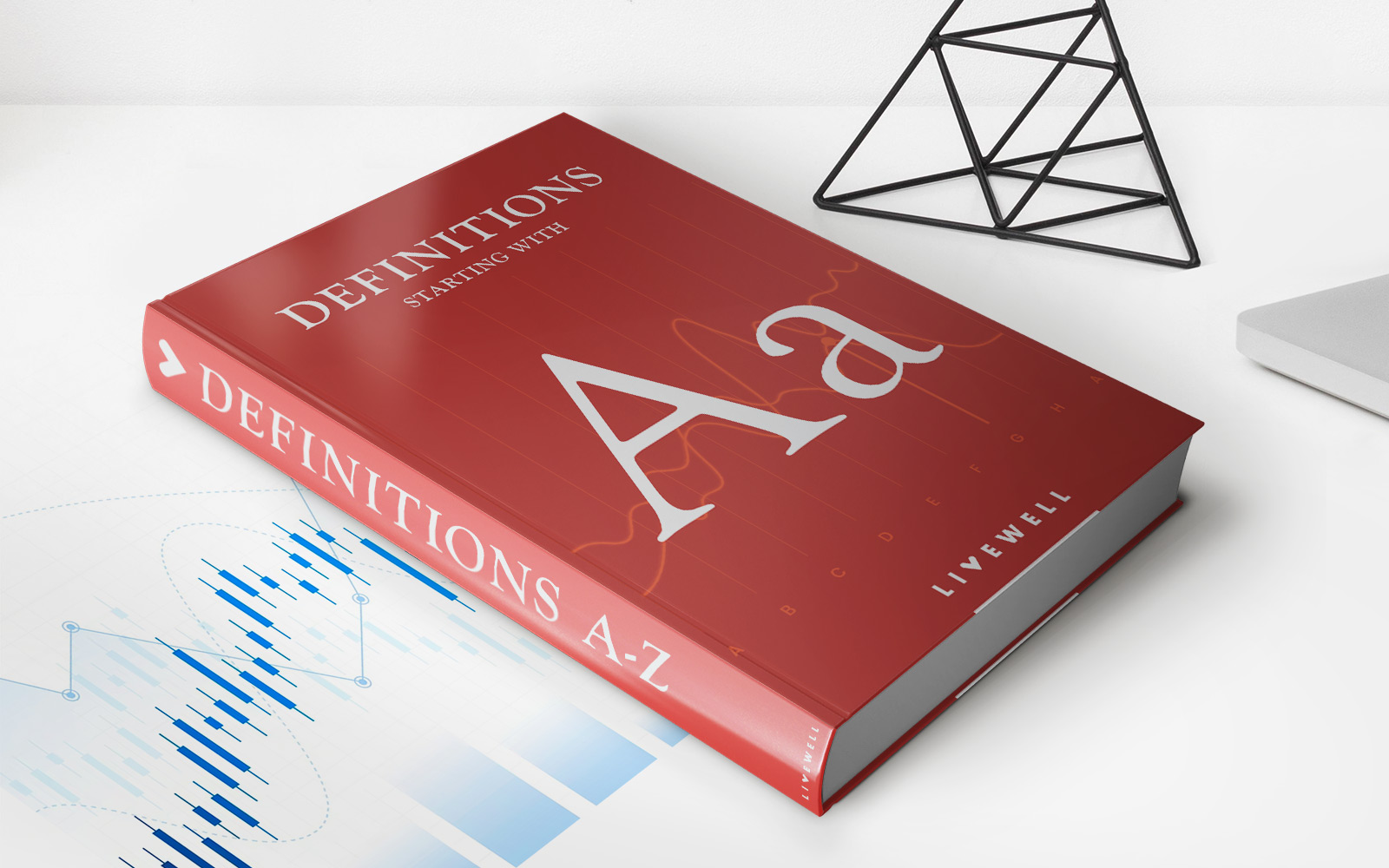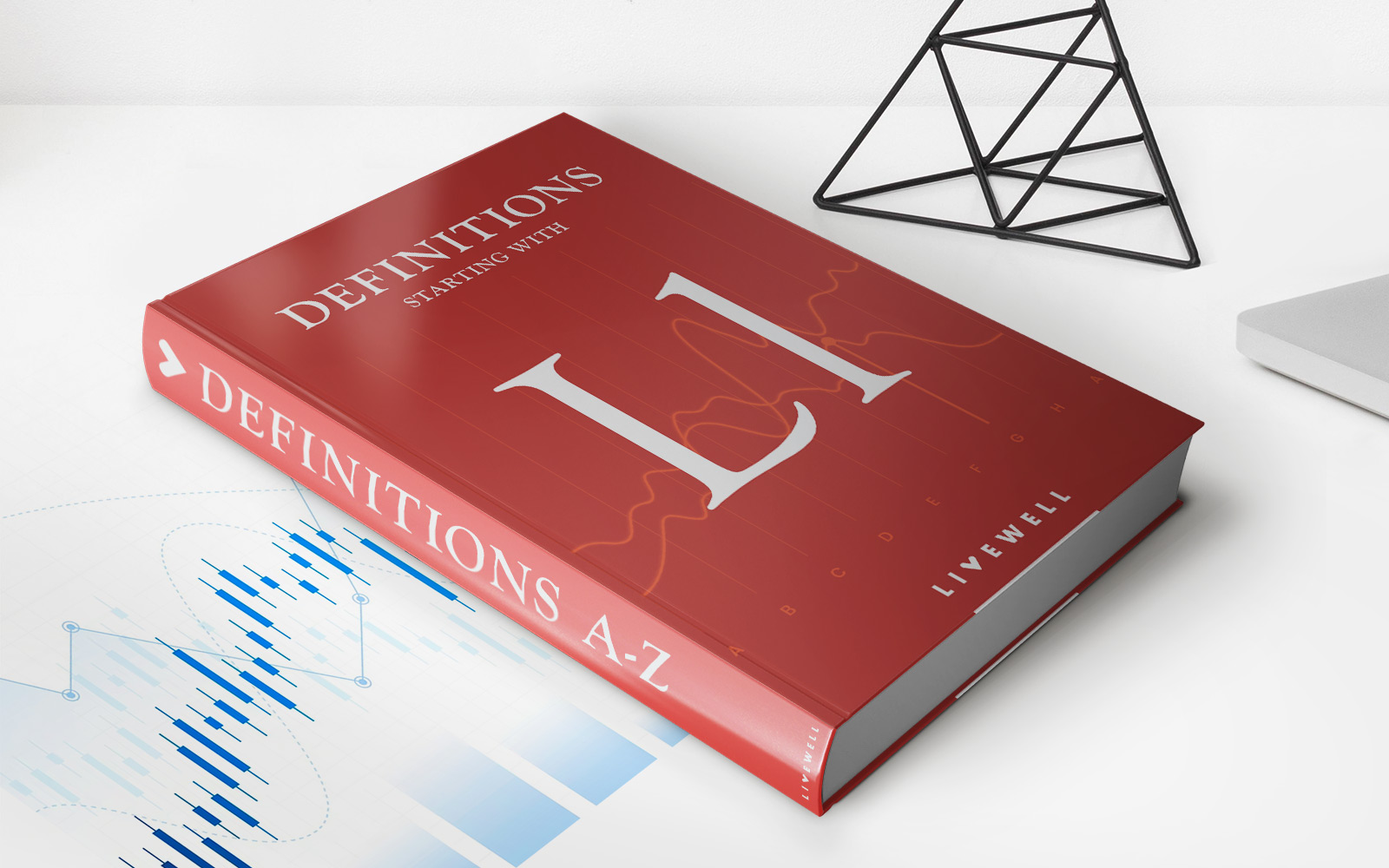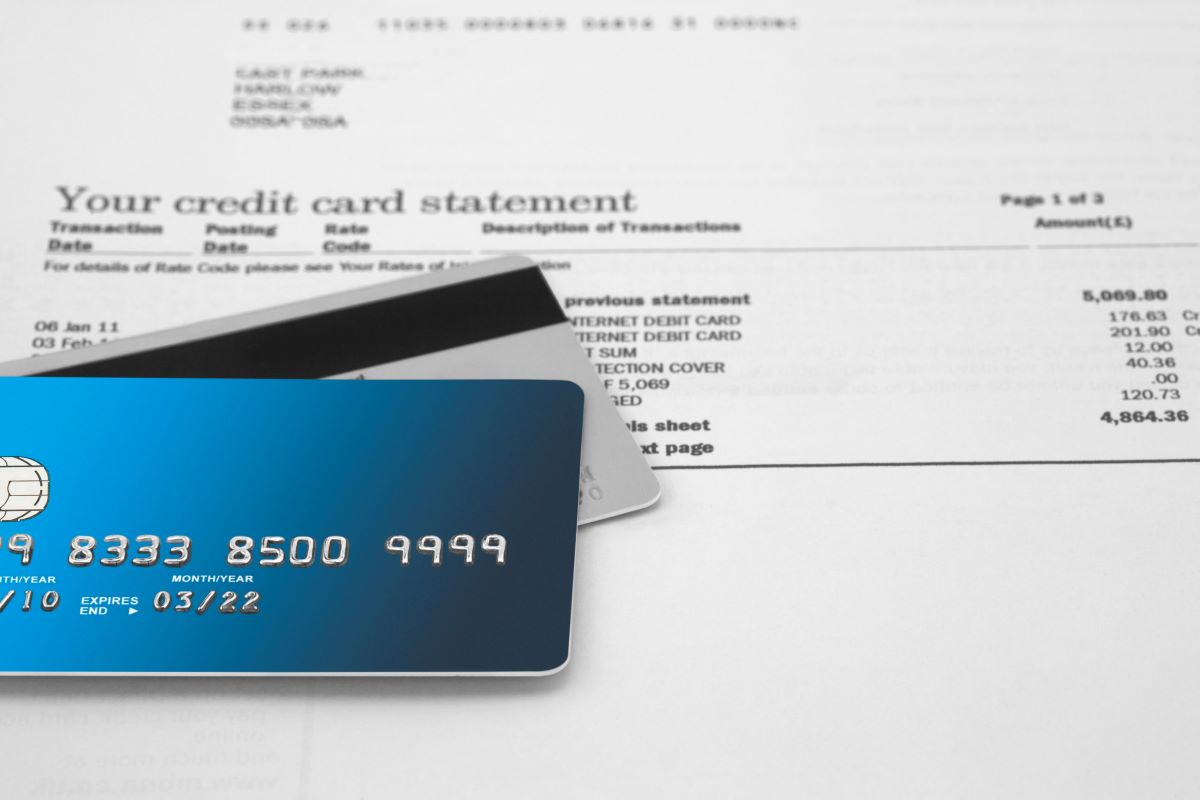Home>Finance>Pushdown Accounting: Definition, How It Works, Example


Finance
Pushdown Accounting: Definition, How It Works, Example
Published: January 14, 2024
Learn about pushdown accounting in finance, including its definition, how it works, and get an example. Understand this concept in depth to enhance your financial knowledge.
(Many of the links in this article redirect to a specific reviewed product. Your purchase of these products through affiliate links helps to generate commission for LiveWell, at no extra cost. Learn more)
Pushdown Accounting: Definition, How It Works, Example
Welcome to our finance blog! In this category, we delve deep into various aspects of finance to help you navigate your way through the complexities of the financial world. Today, we are going to discuss an important accounting concept known as pushdown accounting. In this blog post, we will define pushdown accounting, explain how it works, and provide an example to help you understand it better. So, let’s dive in!
Key Takeaways:
- Pushdown accounting allows the revaluation of assets and liabilities during mergers and acquisitions.
- It involves recording the acquired company’s assets and liabilities at their fair values at the time of purchase.
Understanding Pushdown Accounting
When a merger or acquisition takes place, pushdown accounting is used to reflect the new ownership structure in the financial statements. It allows the acquired company to restate its financial statements as if it were a standalone entity rather than a subsidiary under a parent company. In simpler terms, pushdown accounting involves “pushing down” the fair value of assets and liabilities into the books of the acquired company.
There are certain circumstances where pushdown accounting is required. For example, if the acquiring company obtains more than 80% ownership in the target company, pushdown accounting is typically applied. It is important to note that pushdown accounting is optional and not mandated by accounting standards. However, it can provide more transparency and accurate financial reporting, making it a valuable tool for organizations involved in mergers and acquisitions.
How Pushdown Accounting Works
Now, let’s take a closer look at how pushdown accounting works. When the acquisition occurs, the acquired company revalues its assets and liabilities to their fair values as of the date of purchase. This allows the company to align its financial statements with the current market conditions and reflect any changes in the value of its assets and liabilities.
Here are the steps involved in pushdown accounting:
- The fair value of the acquired company’s identifiable assets and liabilities is determined at the date of acquisition.
- The acquired company’s balance sheet is restated to reflect the fair value of its assets and liabilities.
- Any difference between the fair value and the carrying amount of the assets and liabilities is recorded as a pushdown adjustment.
By restating the financial statements using pushdown accounting, the acquiring company provides a more accurate representation of the acquired company’s financial position. This can help investors and stakeholders make informed decisions based on the most up-to-date information available.
Example of Pushdown Accounting
Let’s illustrate pushdown accounting with a simple example. Imagine Company A acquires Company B for $10 million. On the date of acquisition, Company B’s assets have a fair value of $8 million, while its liabilities have a fair value of $6 million. In this scenario:
- Company B’s balance sheet will be restated to reflect the fair value of its assets and liabilities.
- The pushdown adjustment will be $2 million, which is the difference between the fair value and the carrying amount of the assets and liabilities.
- Company B’s financial statements will now reflect the new ownership structure and accurately represent its financial position.
By applying pushdown accounting, both the acquiring company and the acquired company can present their financial statements in a more meaningful and transparent manner, providing a clearer picture to stakeholders.
In conclusion, pushdown accounting is a crucial concept in the world of finance, especially during mergers and acquisitions. It allows companies to accurately reflect the fair value of assets and liabilities acquired, providing a more accurate representation of their financial position. Although pushdown accounting is optional, it offers numerous benefits and is worth considering for organizations engaged in mergers and acquisitions.
We hope this blog post has shed some light on pushdown accounting and helped you understand its key principles. If you have any questions or would like to learn more, feel free to reach out to us. Stay tuned for more informative posts on finance in the future!
